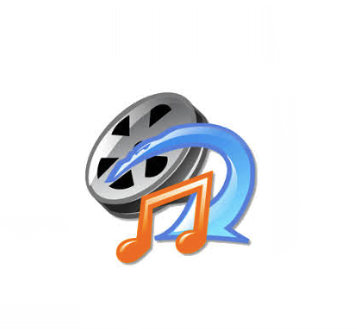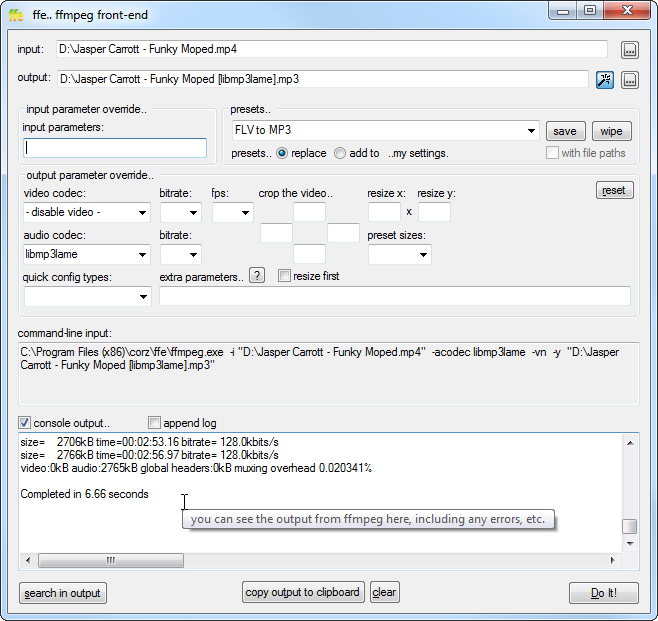

Examples include home devices, such as TVs/stereo systems and Sony PlayStation3/Xbox 360. DLNA actively promotes wired and wireless networks of consumer electronics products, personal computers, and mobile devices, in the home and on the road, for sharing new digital media and content services. DLNA: Digital Living Network Alliance (DLNA) is a cross-industry organization of consumer electronics, computing industry, and mobile electronics manufacturers.

I also increased the MaxVideoBitrateMbps = 50 with no effect.Ĭopying the video files to the Quest2 device and playing them with DeoVR from the local storage is working fine. I've tried CustomFFMPEGOption -c copy, but it had no effect. It might be possible to achieve the desired effect via a custom media render config, but I don't know which values might have the desired effect there. My Quest 2 is recognized as a Chromecast device. I've tried to disable transcoding globally, but then no files are shown. I only get a black screen and sometimes sound but no video. However, it seems, that UMS tries to transcode by default and has problems doing so (all file sizes are shown as zero). My expectation would be to achieve the same playback result, if I click on the file in the normal folder. The problem with this workaround is, that navigation is a nightmare, I cannot simply skip to the next video, but need to go back, back into the next file and then again chose the "no transcoding" option. All other transcoding options do not work and show size zero. This is also the only file that shows a proper size. If I navigate to the #-transcode-# virtual folder and then play the file with "no transcoding", everything works fine. I have video files in MP4 format, different codecs (h.264, h.265, VP9) and in quite a high resolution (4k, 5k, 6k, 8k). I'm trying to use UMS 10.4.1 on Windows 10 to stream 360° videos from my PC to my Quest 2 in the local network using DeoVR as a client app.


 0 kommentar(er)
0 kommentar(er)
